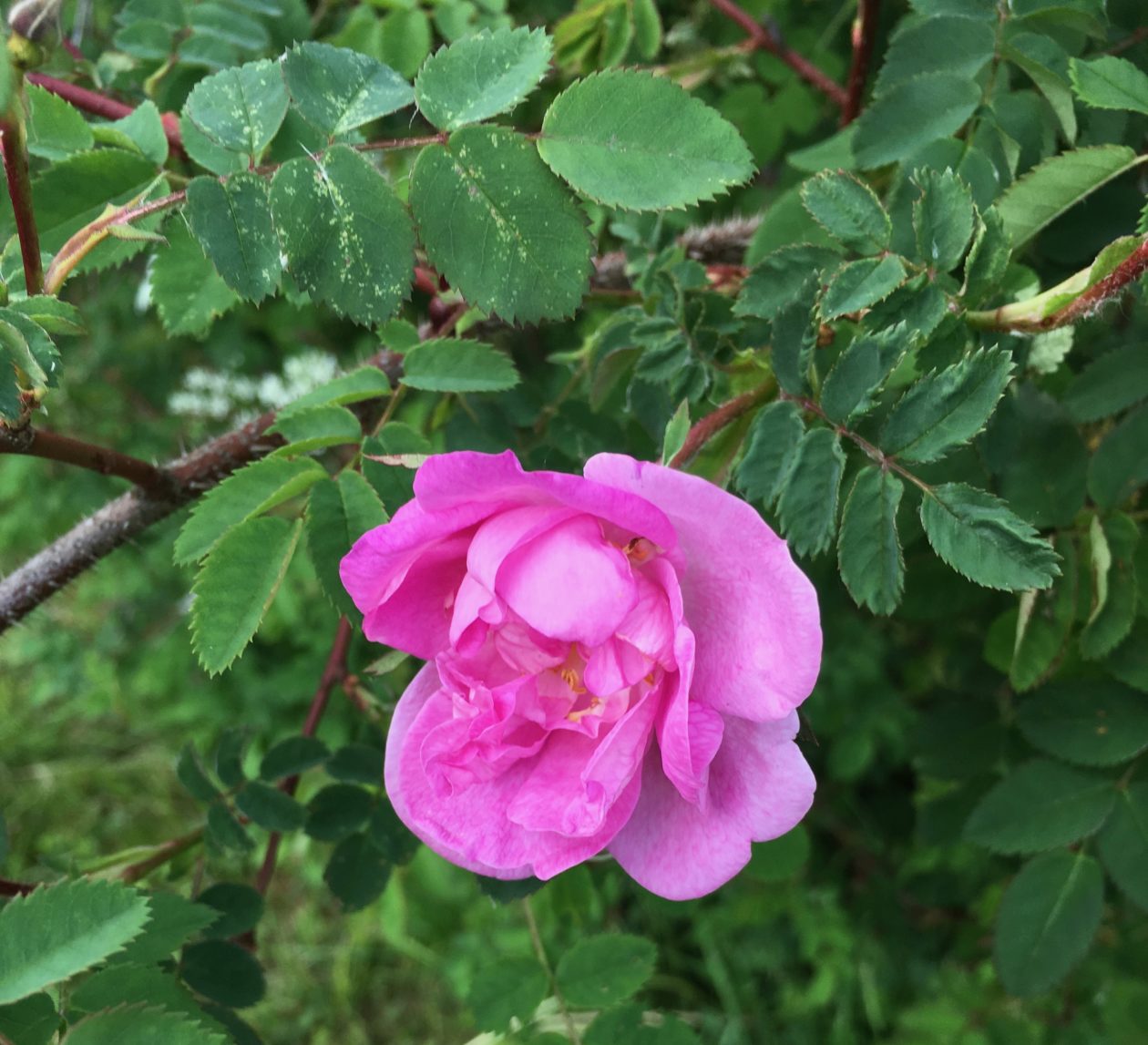It is obvious that publishers cannot be the only judges of the quality of Haiku. We are all as haiku readers affected by a good haiku as well as puzzled by a “nonsense” haiku or, more seldom, put off by a “bad” haiku.
From idea to poem
How do we write haiku? I myself start with an observation or an idea and play around with words to condense the idea into a “ku”. Let me take two haiku, generated from the same observation and see how the end result differs.
I choose the idea “morning fog”
One writer presented the following shahai (haiku written to a photo) on that topic:
magicians lake house,
disappears every morning;
foggy illusions ~
epc 1956- Ed Crowley
Photo by dbn dixie

Another one was made by me, made into a haibun, i.e. a short paragraph followed by a haiku:
It happens that I have to get up early in the morning. In sunrise, at half past 3, I met a sight that covered the whole nature around me. It had disappeared when I finally rose, but it is still in my memory.
morning fog clouds
leave shimmering twigs
lake lies still
Now to my experience of the haiku:
The idea that a house disappears every morning is mind boggling and still quite comprehensible, since it is the magician’s house. I remember that haiku can be playful in many ways.
My own haiku is more ‘awe’ inspired. I chose words to alliterate, not for play but for beauty,
Still I am more attracted by Ed’s haiku. Any thoughts about this?


